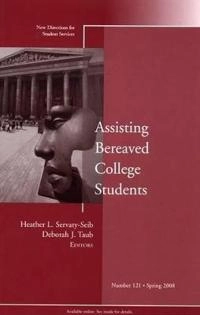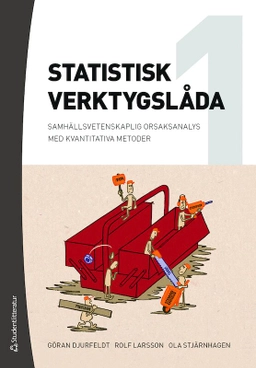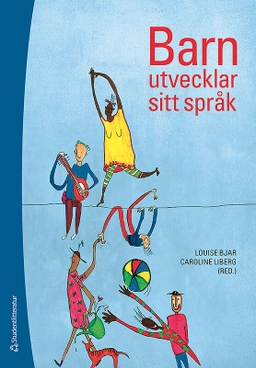Research indicates that rather than an isolated incident experienced by only a few college students, bereavement is a life transition or crisis faced by a significant share of the campus population at any given time. Death loss experiences and subsequent grief reactions have the strong potential to affect the functioning and overall development of bereaved students. This sourcebook brings together perspectives from the fields of higher education and thanatology (the study of death and dying) to provide a mix of theoretical, research, and practice perspectives for coping with death and bereavement on campus. The initial chapters move from a macro-level focus on the prevalence of bereaverment on campus to theoretical and empirical approaches for understanding how students cope with death and then to practical approaches for supporting and assisting bereaved students. The volume then explores administrative responses to death, including issues of suicide, death notification, and practical guidance in the aftermath of student death. Death is a fact of life college students, whether they are traditional-age or adult learners, undergraduates or graduate students, full-time or part-time students, or on-campus residents or commuters. Members of the higher education community need to be ready to respond when death touches the lives of students to provide support and assistance. Of course, institutions have unique characteristics, and the composition of student populations differs widely. The materials and guidelines presented in this volume should be considered in light of these contextual factors. With this in mind, the editors have created a sourcebook that provides useful guidance for a caring response. Chapters include OL {list-style:disc}P:{margin-left 60px} Grieving: 22 to 30 Percent of All College Students Developmental and Contextual Perspectives on Bereaved College Students Lessons of Loss: Meaning-Making in Bereaved College Students Designing and Conducting Grief Workshops for College Students Training Faculty Members and Resident Assistants to Respond to Bereaved Students Suicide and Its Impact on Campus Guidelines for Death Notification in College Student Populations Student Death Protocols: A Practitioner's Perspective This is the 121st volume of the Jossey-Bass quarterly report series New Directions for Student Services , offering guidelines and programs for aiding students in their total development: emotional, social, physical, and intellectual.
Åtkomstkoder och digitalt tilläggsmaterial garanteras inte med begagnade böcker





















